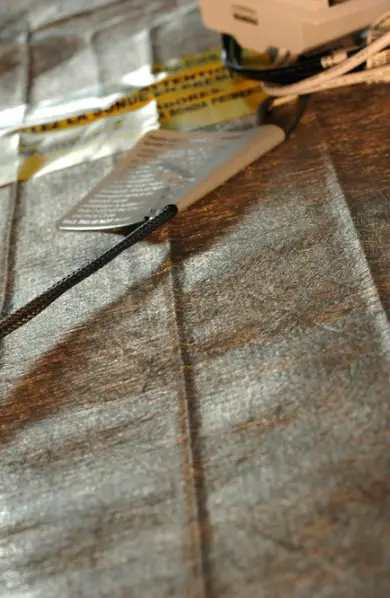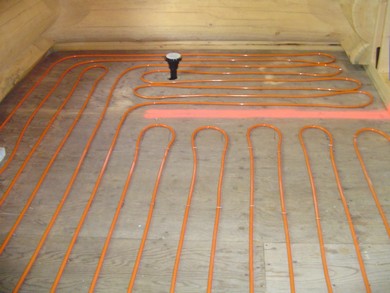 If you’re adding a sunroom, a spare bedroom or extra living space to your home, the choice of a heating system isn’t as straight-forward as it might seem. Besides the fact that you’ll need to have wires, pipes or ducts installed early on (depending on what system you choose), there’s the added challenge of making sense of all the choices. And make no mistake, it can be confusing. I know because I’ve done the research.
If you’re adding a sunroom, a spare bedroom or extra living space to your home, the choice of a heating system isn’t as straight-forward as it might seem. Besides the fact that you’ll need to have wires, pipes or ducts installed early on (depending on what system you choose), there’s the added challenge of making sense of all the choices. And make no mistake, it can be confusing. I know because I’ve done the research.
Below are Heating System Possibilities You can Choose From:
- Extension of an existing forced air furnace system
- Electric baseboard heaters
- Radiant infloor systems
- Hot water rads
But which one is the most economical in your case? Most comfortable? What system is the most practical to install as an add-on? As it turns out, several Canadian manufacturers are among the world-leaders in addition-friendly heating options, but you’ve got to know what you’re looking for and where to find it.
Additions with a Basement
The first thing to consider is whether your new addition has a basement. If it does, then your options are wider than an all-above-grade structure.
Extend an Existing Furnace System
- A basement affords the room to install mechanical systems or, better-yet, to extend an existing furnace system.
- This is often the simplest and cheapest way to go, but before you can count on it, call in a heating contractor for an assessment.
- You can find a local HVAC Contractor on casaGURU. All of them are licensed, insured and homeowner rated.
- You’ll need to determine if the extra heating capacity you’ve got can keep up with the extra heating load you’re hitching it to.
Basement-Free Additions
Things get more complicated when you’re planning to heat a basement-free addition because tapping into an existing heating system becomes more troublesome.
Electric Baseboard Heaters
- Is your addition smaller than 400- to 600- sq. ft?
- Consider insulating it really well and going with electric heat.
- You can’t beat the simplicity of hook-up (just some wires from your panel to the new addition).
- The cost difference between operating small with hydro versus other options (like oil or propane) becomes tiny when heat loads are modest.
 Radiant In-Floor Heating
Radiant In-Floor Heating
Don’t like the look of electric baseboard heaters? Do you have your heart set on radiant in-floor heating and toasty toes? Take a look at electric heating mats:
- They’re very thin and designed to be installed underneath a finished floor.
- Nuheat (800-778-9276) is a Vancouver-based firm specializing in electric radiant heating mats that install below ceramic tile, stone, laminate and engineered wood.
- These are also ideal for warming up the bane of suburban Canada, those perennially-cold second-story bedrooms that sit overtop an unheated garage.
Gas or Oil Hot Water Heaters
As simple as electric heating is to install, there comes a point when the convenience of this energy form starts to become overshadowed by the limits of your existing electrical panel. And while electricity is sometimes cheaper than fossil fuels like oil or gas, that’s the exception not the rule.
- Once you move past an addition size of about 600- to 700-sq. ft., you’ll find that it becomes practical to consider a gas or oil-fired hot water heater to feed wall rads or radiant infloor heating pipes.
- The best option here is to set these pipes into a concrete floor, but they can also be installed in a regular wood-framed floor, too.
“On Demand” Heaters
Are you looking for a compact heat source that handles both space heating and domestic hot water production without a storage tank?
- Some of today’s most sophisticated systems burn natural gas or propane at efficiency levels above 95%.
- They’re also as small as a breadmaker and require only a plastic wall pipe to handle the exhaust.
- One of the best of these ‘on-demand’ heaters I’ve found in my research is the Trinity boiler made by a New Brunswick company with the unlikely name of New York Thermal (506-432-1130).
There’s no doubt that it has become more complicated to optimize your home, but the added efficiency and comfort is worth it. And the fact that a lot of these technical gains were developed right here in Canada makes it all the better.
 Radiant In-Floor Heating
Radiant In-Floor Heating


